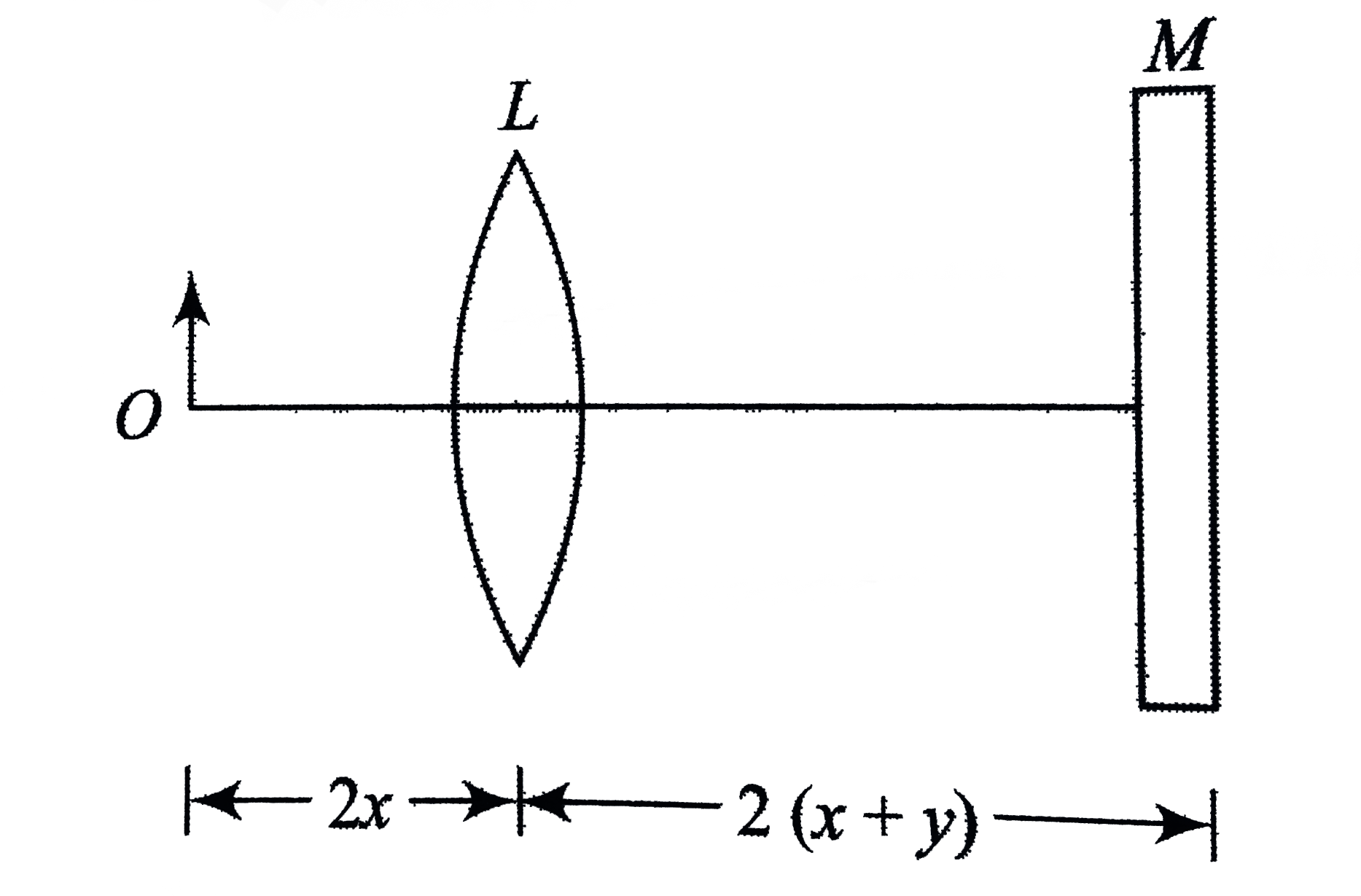Bats can ascrtain distance, directions, nature and size of the ohstacles at night. This is possible by reflection of the emitted
ultrasonic waves from the bat
ultrasonic waves from the distant objects
supersonic waves from the bat
supersonic waves from the distant objects
The correct Answer is:a
Step by step video, text & image solution for Bats can ascrtain distance, directions, nature and size of the ohstacles at night. This is possible by reflection of the emitted by Physics experts to help you in doubts & scoring excellent marks in Class 12 exams.
Updated on:21/07/2023Topper's Solved these Questions
Similar Questions
Bats can ascertain distances, directions, nature and size of the obstacle without any eye, explain how ?
View SolutionExplain why (or how) : (a) In a sound wave, a displacement node is a pressure antinode an dvice-versa,
(b) Bats can ascertain distances, directions, nature and size of obstacles without any eyes,
(c) a violin note and sitar note may have the same frequency, yet we can distinguish between the two notes, (d) Solids can support both longitudinal and transverse waves, but only longitudinal waves can propagate in gases,
(e) The shape of pulse gets distorted during propagation in a dispersive medium.
View Solution
Knowledge Check
Two trains cross each other in 12 seconds , when they travel in opposite directions and they take 60 seconds when they travel in the same direction. The possible speeds of the trains, (inm/sec), can be:
A15, 45B18, 40C15, 30D20, 30Bats can fly at night in the dark because of
Astrong visionBstrong olfactionCcapability of producing high frequency soundDcapability of echolocation of abstaclesStatement I: An object can possess acceleration even at a time when it has uniform speed
statement II: It is possible when the direction of momtion keeps changing.AStatement I is true, Statement II is true, Statement II is a correct explanation for Statement I.BStatemnt I is true, Statement II is true, Statement II is true, Statement II is false.CStatement I is true, Statement II is false.DStatement I is false, Statement II is true.
In the case of image formation by a concave lens , what can you say about the position, nature and size of the image relative to the size of the object ?
View SolutionL is a lens such that a parallel beam of light I ncident on it, after refraction, converges to a point at a distance x from it and M is a mirror such that a parallel lbeam of light incident on it, after reflection, converges to a point at a distance y from it. Now the lens L and mirror M are placed at a distan 2(x+y) from each other. An object of size 2 cm is kept infront of lens at a distance 2x from it. Find the nature, position , and size of the image that willl be seen by an observer looking toward the mirror through the lens.

View SolutionAn object is held in front of a concave mirror of focal length 15cm. The image formed is 3 times the size of the object. Calculate two possible distances of the object from the mirror.
View SolutionWhat is the maximum distance, the radiowaves can cover in a single reflection from ionosphere?
View SolutionA bat flying above lake emits ultrasonic sound of 100 kHz ,When this wave falls on the water surface, it is partly reflected and partly transmitted .The wavelengths of the reflected and the transmitted waves are (The speed of sound in air is 340 m/s and in water is 1450 m/s)
View Solution
